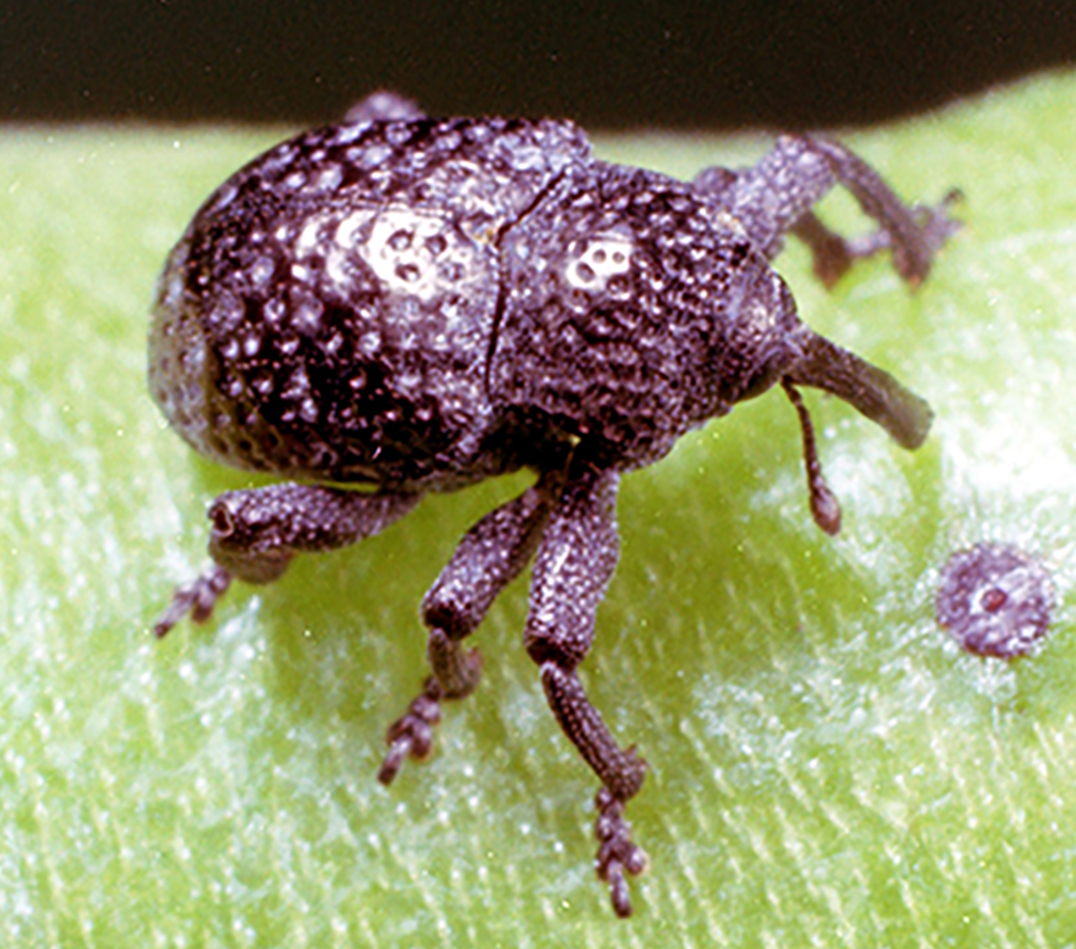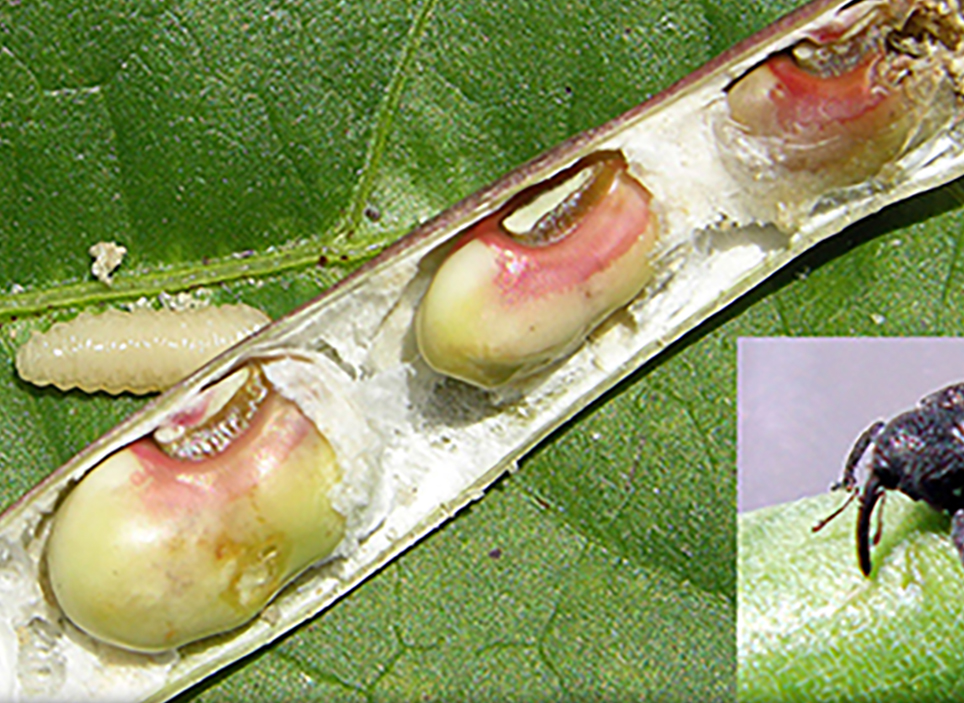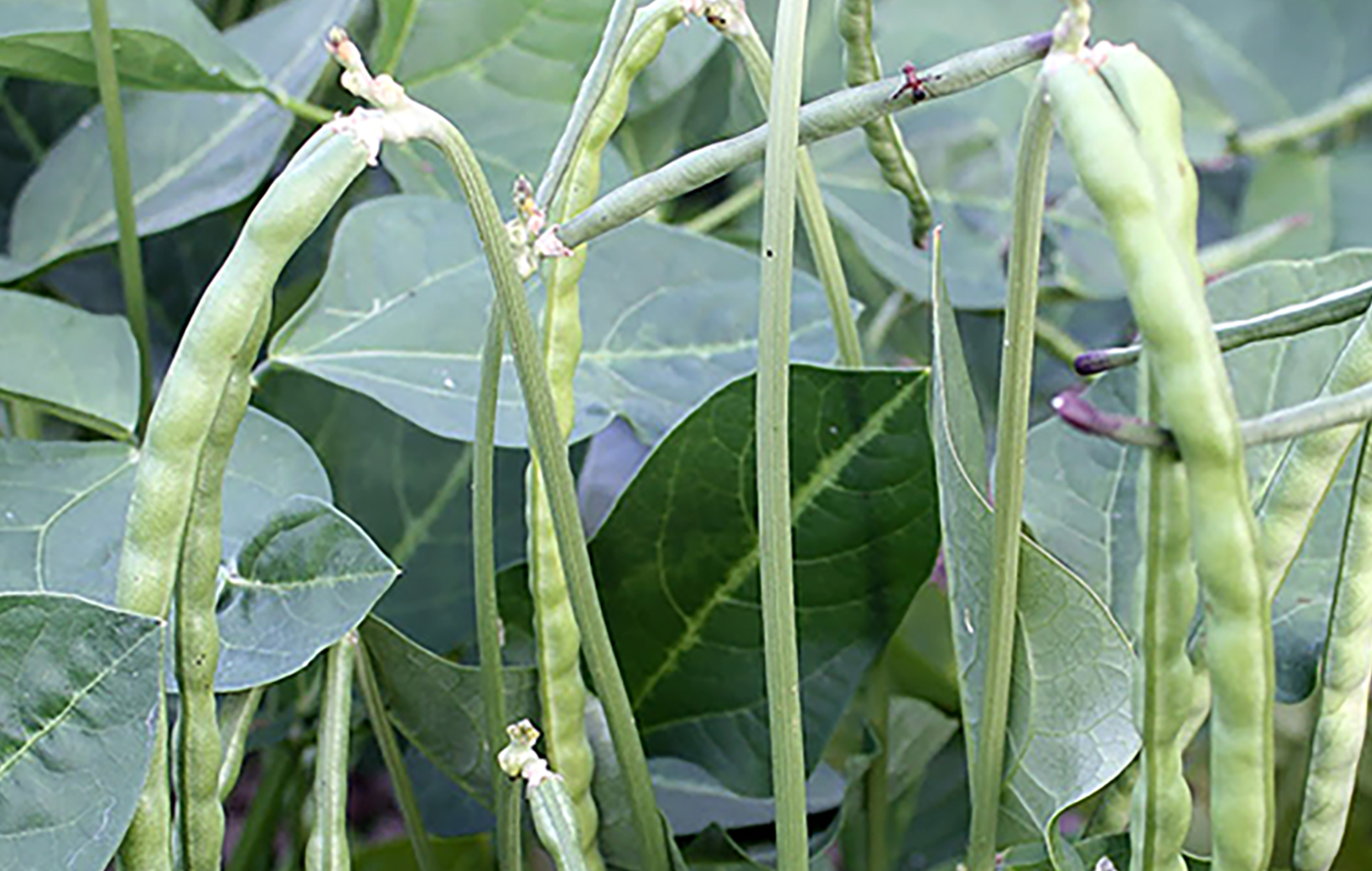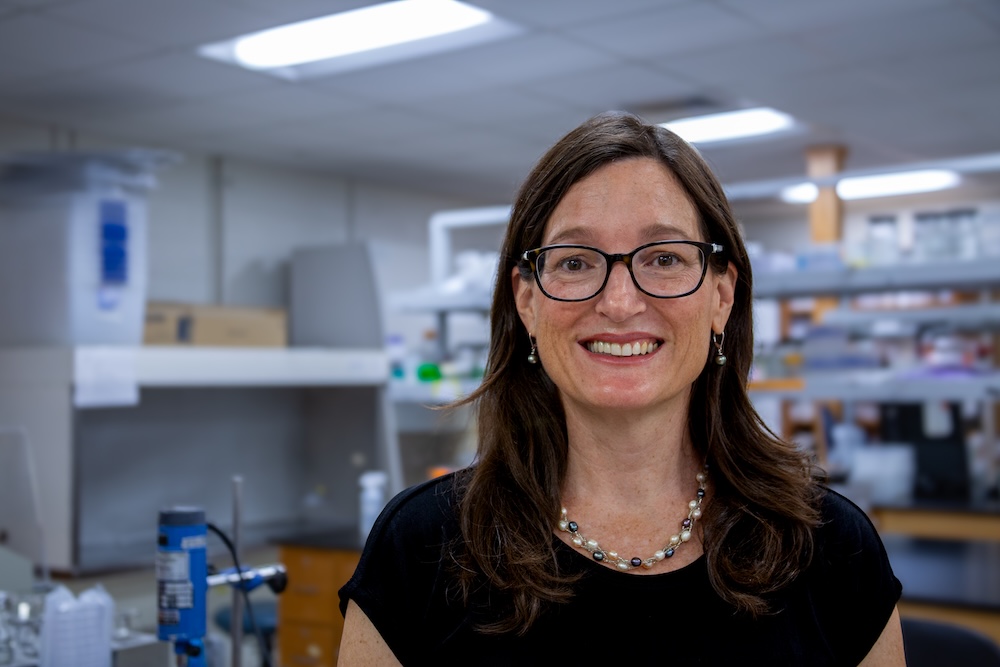Southerners love crowder, purple hull and black-eyed peas; so do cowpea curculios, a weevil that feeds on Southern peas. University of Georgia researchers in Tifton are working to eliminate this pest, which causes substantial yield losses to Southern peas grown in south Georgia.
David Riley, a UGA entomologist, and Jenna Kicklighter, a UGA College of Agricultural and Environmental Sciences graduate student, have been searching for ways to control the pest since 2011.
The cowpea curculio is typically found in the southern part of the United States. According to Riley, the price of Southern peas has increased while yields have decreased because of the damage caused by the cowpea curculio.
“This weevil really interested me because it is causing major losses for our growers,” Kicklighter said. “I wanted to be a part of a project that benefits the farmers.”
According to UGA’s Center for Agribusiness and Economic Development, Georgia produced more than 5,000 acres of Southern peas, totaling almost $7 million in farm gate value, in 2013. Riley said that the weevil damages one-third of the bulk yield per acre each year, and 10 percent of the pea crop is stung, meaning the weevil has entered the pea and damaged it.
By the time a farmer sees the stung peas, the weevil has already inserted an egg. Developing a way to detect the weevil earlier is essential.
Riley and Kicklighter’s research has led to the development of a trap that farmers can use to detect the weevil's presence early in the season. The traps set by Riley and Kicklighter in their research plots have detected cowpea curculios as early as April 10 in south Georgia.
“That works well because we know where they are and when they are moving,” Riley said.
Proper timing is crucial to decreasing the risk of cowpea curculio infestation. Riley and Kicklighter’s research has revealed the narrow window of time to catch the weevil in the soil — after harvest from June to July and October to November. Discovering a way to treat the grubs while they are in the soil is a new approach to managing cowpea curculio.
Traditionally, farmers begin spraying the crop foliage for curculios when the crop initially flowers. The soil is usually not treated. Riley said that Lorsban is a good insecticide to use to treat grubs (cowpea curculio larva) in the soil after harvest.
“It is going to be hard to show growers the proper time for application,” Riley said. “There is only a little window of time that the grubs are in the soil.”
The team is also investigating the use of insecticide application at the end of the fall season to target the weevil adults before they overwinter. Cowpea curculio adults are known to overwinter on weeds, such as purple cudweed or heartwing sorrel, before moving into Southern peas by May.
Southern cowpea curculios have developed a tolerance to some commonly used insecticides, causing another problem for growers. Without rotation of insecticides, Kicklighter is convinced the weevil will also develop a tolerance to new insecticides over time.
UGA research also revealed that Georgia farmers should be wary of planting Southern peas adjacent to early-planted beans. “It could increase the number of curculios at that location because they are feeding on early-planted snap beans or other beans,” Kicklighter said.
To help UGA scientists with their research by setting up an early detection trap in your field, email dgr@uga.edu.
(Jordan Hill is an intern with the College of Agricultural and Environmental Sciences.)










